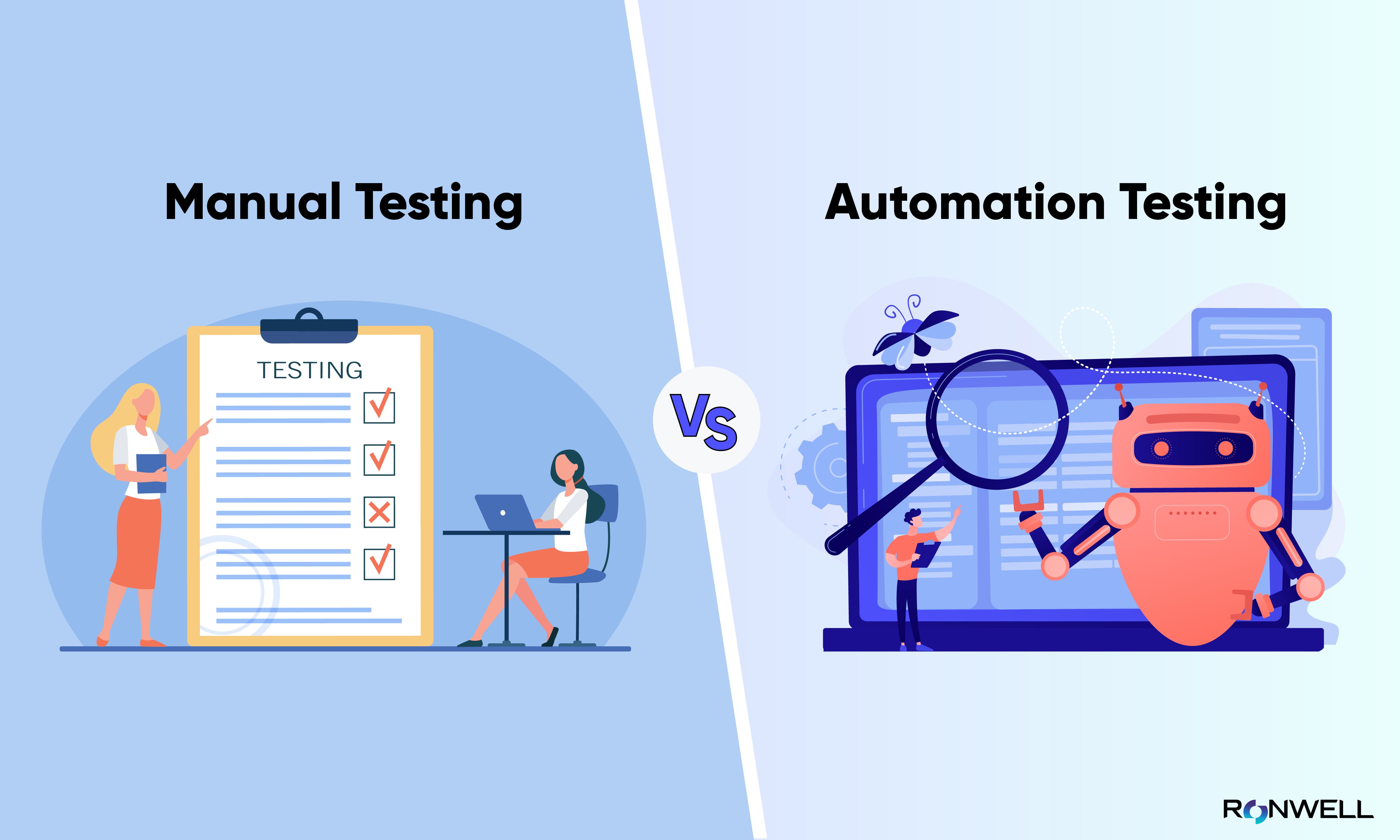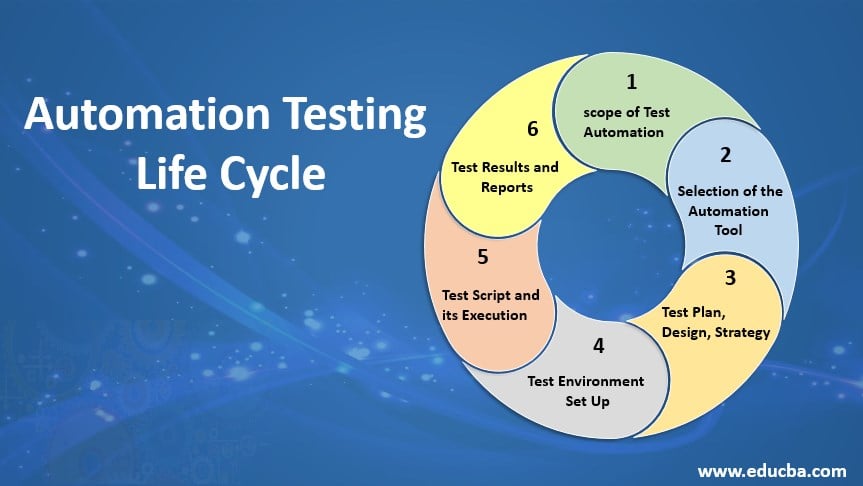From Handbook to Automated Screening: A Comprehensive Guide to Transitioning Smoothly and Effectively
In the world of software testing, the shift from manual to automated procedures has come to be a significantly crucial shift for companies seeking to boost effectiveness and precision in their testing practices. The journey from guidebook to automated screening is not without its obstacles, but when approached purposefully and with a clear plan in mind, the advantages can be substantial.
Advantages of Automated Testing
Automated screening offers various benefits, improving efficiency and precision in software application development processes. One key benefit is the considerable reduction in testing time. Automated examinations can be run concurrently on numerous devices and running systems, considerably quickening the testing stage contrasted to hands-on screening. This raised performance enables faster responses on the top quality of the software, allowing programmers to recognize and address issues immediately.
Additionally, automated testing ensures a higher degree of accuracy in detecting problems. Uniformity in screening is additionally improved, as automated examinations perform the exact same steps precisely each time they are run.
Selecting the Right Tools

To start with, evaluate your purposes and needs. Comprehend the range of your job, the technologies involved, and the capability of your group. This analysis will help you determine the features and capacities you require in your screening tools.
Second of all, take into consideration the compatibility of the devices with your existing systems and procedures. Seamless integration with your existing software program growth lifecycle is important to ensure a smooth shift to automation.
Additionally, assess the scalability and adaptability of the devices. As your screening needs develop, the devices should be able to adjust and fit changes successfully.
Lastly, aspect in the support and neighborhood around the devices. When applying automated screening, durable support and an active user neighborhood can give useful resources and aid. By very carefully considering these aspects, you can select the right devices that straighten with your requirements and established the phase for a successful change to automated testing.
Writing Efficient Examination Scripts

When crafting examination manuscripts, it is vital to consider the certain demands of the software program being checked and ensure that the scripts resolve all important functionalities. Detailed and clear naming conventions for examination scripts and test instances can enhance readability and maintainability. Furthermore, incorporating mistake handling devices within the test manuscripts can help in determining and resolving concerns without delay.
Moreover, organizing examination manuscripts into modular components can improve reusability and scalability, lowering redundancy and boosting performance in examination script upkeep. Regular evaluations and updates to test scripts are essential to equal evolving software requirements web and capabilities. By following these principles, testers can produce reliable and durable examination scripts that contribute dramatically to the success of automated screening procedures.
Integrating Automation Into Workflows
By effortlessly integrating automated screening tools like Selenium or Appium right into the software growth lifecycle, teams can achieve faster feedback on code adjustments, leading to quicker bug discovery and resolution. This assimilation enables for constant testing throughout the growth process, making sure that any issues are identified early on, resulting in greater software application high quality. Appropriate integration of automation devices calls for cooperation between development, screening, and procedures groups to develop a unified workflow that maximizes efficiency and performance in delivering top Get More Info notch software products.
Making Sure a Smooth Change
Successfully transitioning to automated testing includes thorough planning and cautious execution to lessen interruptions and make the most of performance in the software development process - automation testing. To make sure a smooth shift, it is crucial to start by conducting an extensive evaluation of the present screening procedures and recognizing locations where automation can bring one of the most considerable benefits. Engaging with all stakeholders early on while doing so, including designers, testers, and project managers, is vital for gathering assistance and buy-in for the automation effort
Communication is essential throughout this transition stage. Clear interaction of the goals, benefits, and expectations of automated screening helps to manage any kind of resistance or problems that might develop. Furthermore, supplying sufficient training and resources for staff member to upskill in automation tools and strategies is crucial for making sure a successful change.

Verdict
Finally, transitioning from manual to automated testing offers various benefits, including boosted effectiveness and reliability. By picking the proper devices, creating reliable examination manuscripts, and integrating automation perfectly into process, companies can make certain a smooth and effective transition. It is vital to welcome automation as an important possession in software application testing processes to boost overall quality and productivity.
In the realm of software application testing, the change from guidebook to automated procedures has ended up being an increasingly vital change for organizations seeking to boost effectiveness and accuracy in their testing methods. Automated tests can be run at the same time on multiple tools and operating systems, dramatically speeding up the testing stage contrasted to manual screening. Consistency in screening is likewise enhanced, as automated examinations implement the very same actions exactly each time they are run.To guarantee the successful implementation of picked testing devices, the production of effective examination scripts plays a vital duty in validating the capability and performance of automated procedures - automation testing. By following these concepts, testers can produce effective and durable examination manuscripts that add substantially to the success of automated screening procedures
Comments on “Automation Testing Strategies: Best Practices for Seamless Assimilation”